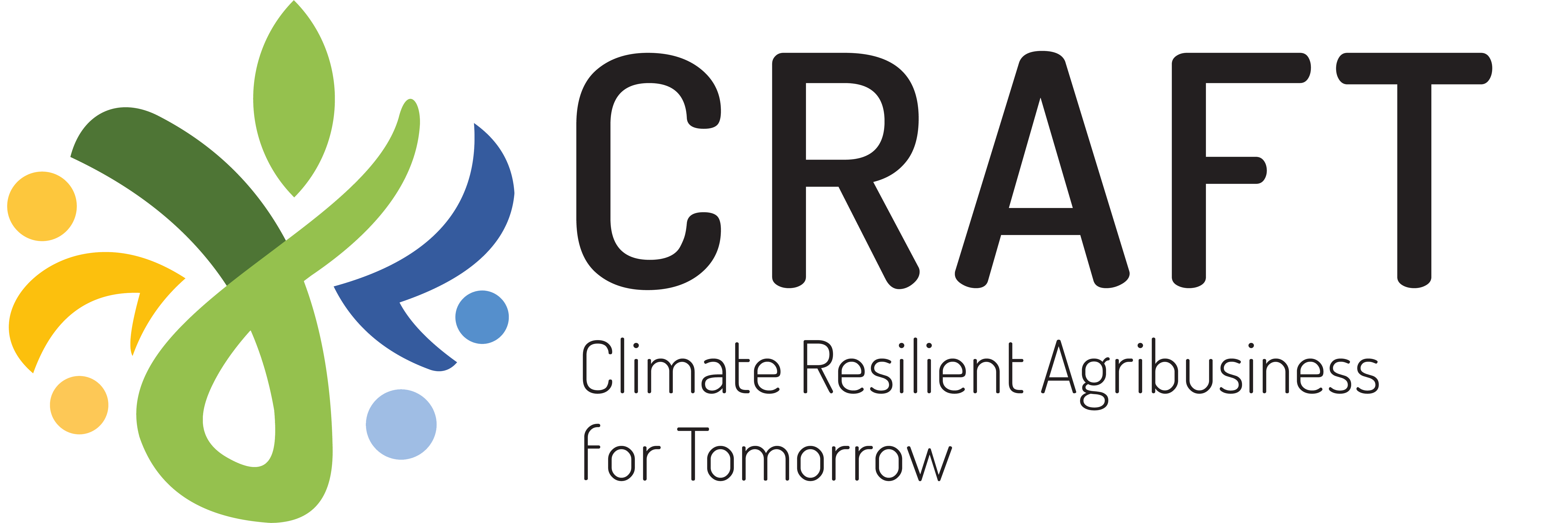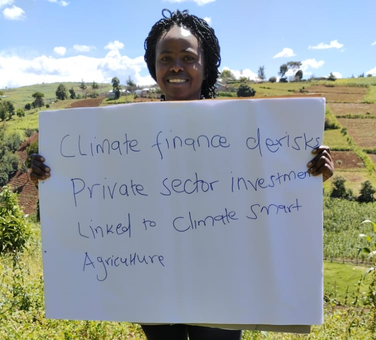Africa needs to find a sustainable solution to close the gap between today’s food production and the projected demand for food in the future albeit with scarce resources.
In an article titled; Climate Finance needs for Africa by Sandra Guzmán, Greta Dobrovich, Anna Balm, and Chavi Meattle (June 28, 2022) it is revealed that current levels of climate finance in Africa fall far short of needs. Africa’s USD 2.5 trillion need for climate finance between 2020 and 2030 requires, on average, USD 250 billion every year. Total annual climate finance flows in Africa for 2020, domestic and international, were only USD 30 billion (CPI forthcoming), about 12% of the amount needed.
A 2021 paper by the Investment Climate Reform Facility on Mobilising finance to catalyse private sector engagement for climate change adaptation in ACP countries estimated a US$ 40 billion climate financing gap between 2020 and 2030 to implement priority mitigation and adaptation actions only.
Developed countries on the other hand have more access to climate funds even though they do not have the same magnitude of challenges. Time is therefore of the essence to channel private financial streams towards smart, sustainable, and innovative financing strategies to build inclusive climate resilient food systems.
Closing gaps in Africa: making climate finance more accessible
It is important to understand that finance does not exist in a vacuum. A solid policy framework is key to ensure projects are bankable through provision of technical support to entrepreneurs.
In the last couple of years, the private sector – especially banks – has become aggressive in acquiring funds for climate finance, but time is now ripe for them to work closely with the related government bodies to ensure that a favourable policy framework is in place for more uptake.
For highly indebted countries, which is the case for most African countries, governments need to review the already heavy debt servicing burden this creates and in turn makes taking on more debt to fight climate change a difficult proposition.
The assumption that climate finance is all about big industrial undertakings and climate change mitigation needs to be put to rest. Beyond industrialisation lies a multitude of opportunities; for example, smart cities to reduce and re-use garbage, clean energy, and other cyclical economy opportunities such as recycling – use of sewage and dam water through cleaning fertiliser and biogas, that investors can tap into for enhanced food production.
In addition, there is need to deepen financial markets – currently green finance is provided by few institutions e.g., in Kenya it has been over three years since the last green bond was issued. Institutions dealing in climate finance need to constantly create a pipeline for investable ready institutions in the food production sector.
In turn, local banks need to tap into the availability of climate finance for their customers. In September this year, electric bus supplier BasiGo signed a financing deal with Kenya Commercial Bank (KCB) to scale up operations in Nairobi after a seven-month pilot. The deal will see the Kenyan bank extend a three-year loan facility covering up to 90 percent of the Sh5 million (EUR 41,520) purchase price for the electric buses. While this is commendable, there is room for other players to tap into the funds and focus on the vast number of farmers that would then channel these funds towards modern and improved food production techniques, which would subsequently boost a climate resilient food system.
Climate investors: the need for guidance and partnerships
Investor education remains a critical aspect that needs to be addressed urgently to ensure that investors are aware of new products in the climate finance space such as resilience bond and debts for nature. In addition, investors need to familiarise themselves with the language of money; a capacity that can be demonstrated in implementing and developing proposals to address issues such as the importance of cost-benefit analyses and the requirements for scaling up and the importance of doing this with speed.
At the national level, different stakeholders need to come together to identify and out the national food system plan that considers adaptation targets, pathways, and necessary technologies for improved food production. This information then needs to be shared across stakeholders so that appropriate costings can be developed, to guide investors in their quest for financing.
Although there is increased talk and awareness about climate finance for countries that have been working with grants from the non-governmental sector, there is a misconception that climate finance is “free” money. The fact that there is a debt element in most blended finance aspects calls for greater scrutiny and accountability requirements for investors. A majority are reluctant to put in the required amount of work for this, but it is important that investors are enlightened to the fact that sustainable development and businesses cannot happen in an environment devoid of accountability.
Finally, investors need to take advantage of partnerships and focus more on collaborations. Partnerships in the financial sectors that brings together development banks, NGOs, and private equity firms is a much-needed step that will ensure reduction of duplication of ideas. In addition, the harnessed resources could see an increase of scalable projects in the markets. Investors need to start focussing on the circular economy and not just individual projects for a sustainable food system.
This blog was written by Rosemary Nzuki, Regional Marketing and Communications Advisor, Dutch Fund for Climate and Development (DFCD). DFCD is a consortium of the Netherlands Development Finance Company (FMO), SNV, WWF-NL and Climate Fund Managers (CFM). Since 2019 It has been working in the agriculture space to provide last-mile grants to potential investors to de-risk their projects to identify suitable entrepreneurship cases for provision of grants and technical assistance to build impactful, climate resilient, business cases to ease access to long term financing and allowing for scale up.










